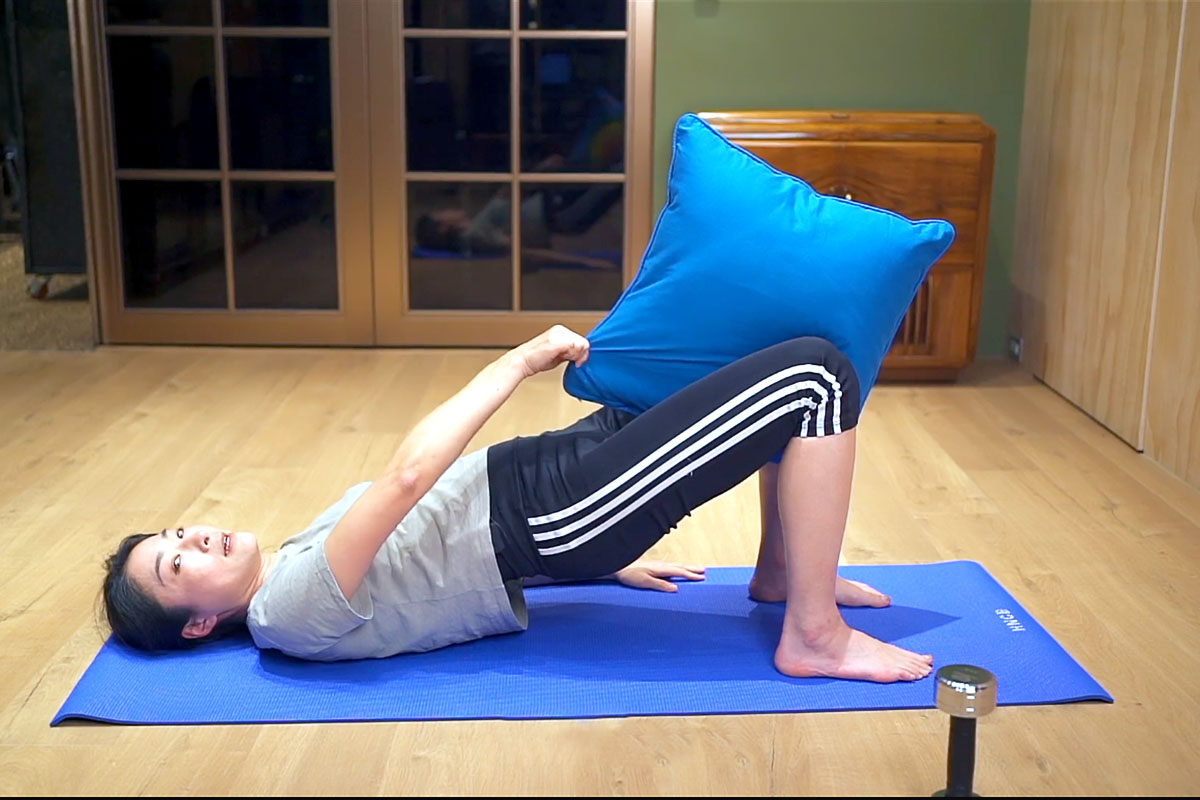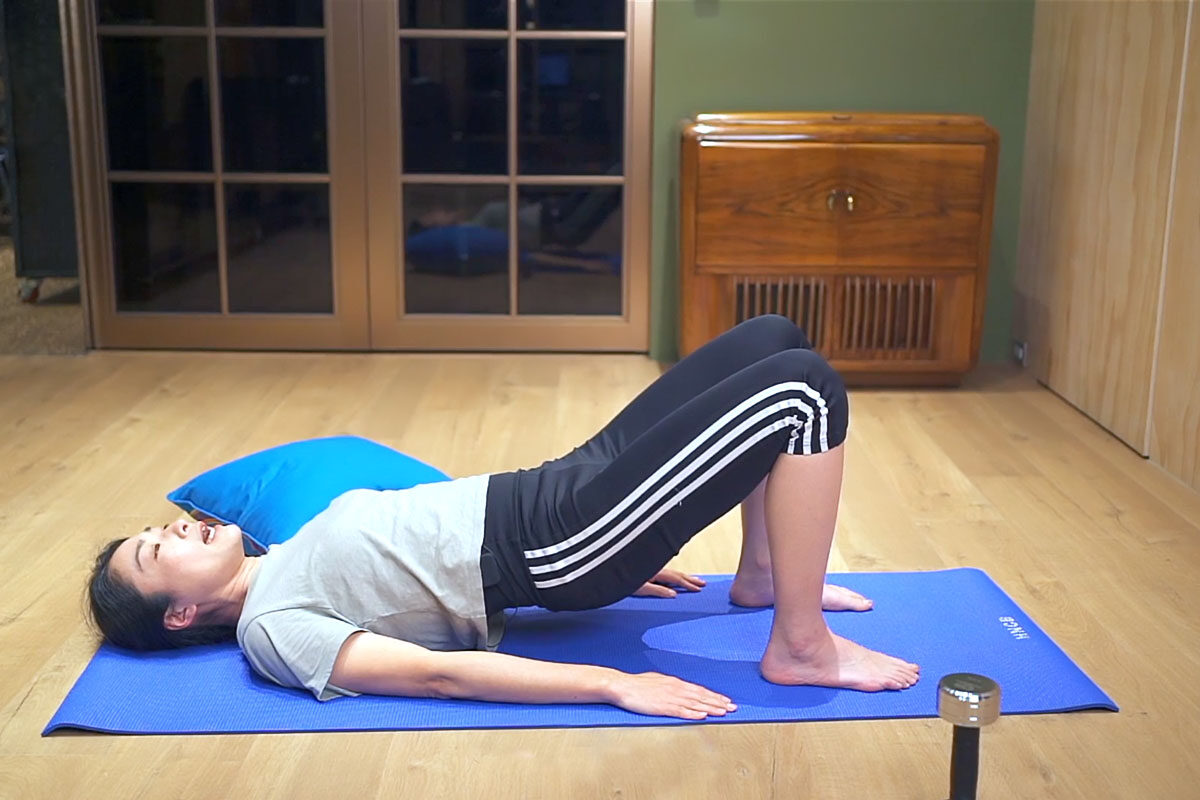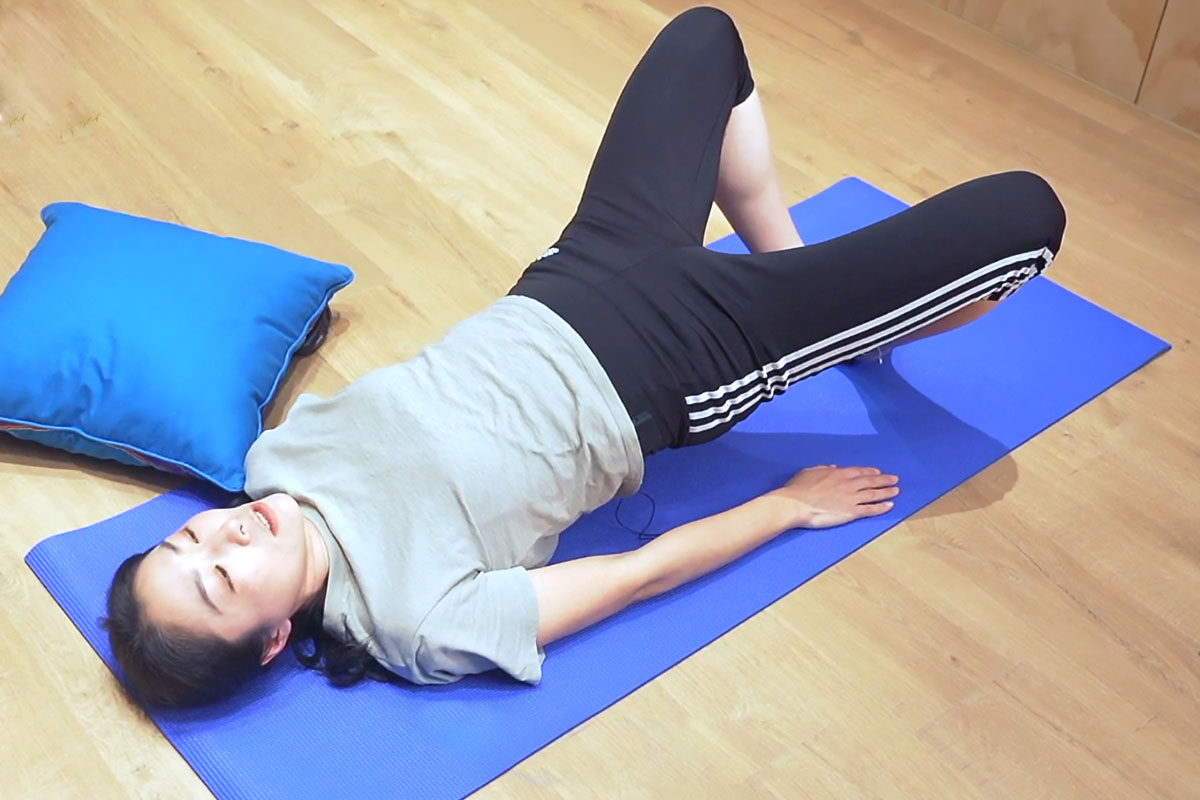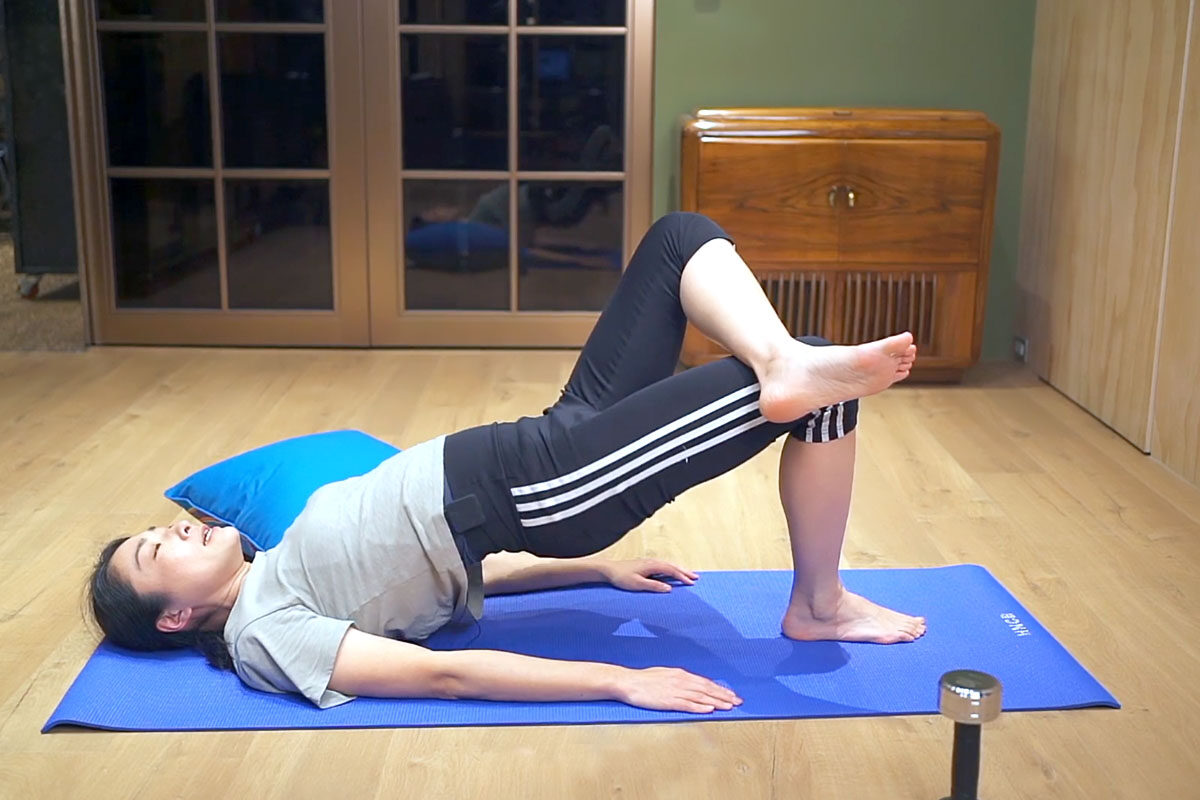Prostate Care and 3 Key Anti-Aging Tips for Men
It is difficult for men to detect prostate issues unless they experience urinary difficulties. Taking care of the prostate is closely related to male anti-aging.
Dr. Chien-Tung Wu from Taiwan’s Yongsheng Traditional Chinese Medicine (TCM) Clinic shares how to maintain prostate health and three key points for male anti-aging. In addition, as a fitness coach, I designed six Kegel exercises to help men improve urinary flow.
The prostate, also known as the prostate gland, is located just below the bladder outlet, directly in front of the rectum, with the urethra passing through it. In healthy young men, the prostate is about the size of a walnut. Prostatic secretions are an essential component of male semen, so the prostate is not only related to urinary flow but also reproductive health.
High-Risk Groups for Enlarged Prostate
If a man experiences difficulty urinating or has to urinate frequently, especially at night, these may be signals of an enlarged prostate. Prostate enlargement is common among men aged 50, affecting more than half of them aged 60 and 90 percent of those 85 or older.
Medical research suggests that enlarged prostate is associated with aging, decreased male hormones, genetics, and obesity relating to metabolic syndrome.
TCM considers aging to be the leading cause of enlarged prostate. The ancient Chinese medical text “The Yellow Emperor’s Classic of Internal Medicine” mentions that “at 40, only half of the yin qi is left,” indicating that age is the most significant factor in the decline of kidney qi (vital energy). Insufficient kidney qi affects urinary and bladder functions, leading to prostate enlargement.
Wu believes that besides the elderly, people with poor congenital constitutions are also prone to an enlarged prostate. Additionally, developed habits can lead to two types of constitutions: blood stasis due to qi stagnation and damp heat downflow pattern, both of which accelerate prostate dysfunction.
1. Blood Stasis Due to Qi Stagnation
The prostate is located in the most yin part of the body, and its circulation is generally poorer than other organs. Less active or sedentary people, such as office workers, may have poor circulation, accumulating metabolic waste and eventually forming blood stasis.
2. Damp Heat Downflow Pattern
The retained moisture and metabolic waste products in the prostate can stagnate when circulation is poor. Consuming cold foods affects blood circulation, while dry and spicy foods can cause inflammation. Prolonged stagnation can lead to phlegm dampness, which refers to accumulating unnecessary substances in the prostate.
Sexual Activity and Prostate Health
Excessive friction can also lead to prostate health issues, especially in the case of popular activities like cycling, where friction between the perineum and the bicycle seat harms the prostate.
How sexual activity impacts prostate health is also a concern for men.
Wu said that the prostate is one of the organs involved in semen production, which is a necessary form of “emptying” or release of fluids from the body. However, TCM emphasizes the value of moderation. Therefore, Wu proposed a sexual activity formula for men to consider: “7 / Number of decades of age = Number of sexual intercourses per week. For example, a 42-year-old man would have a frequency of 7/4 = 1.75, so one to two times per week.”
3 Key Anti-Aging Tips
Prostate health is closely related to kidney qi. Since aging drains kidney qi, it’s essential to boost kidney qi to keep the prostate healthy and to combat aging. Wu, who appears younger than others his age, shared his three key points for enhancing kidney qi and delaying aging:
- Balance work and rest.
- Balance diet and nutrition; try to eat less ice cream (cold food) and sweets.
- Get regular physical exercise.
Wu recommends traditional Chinese qigong, considering it an excellent practice for health preservation. Tai chi, in particular, has been proven by numerous studies to have anti-aging effects and can help delay issues like cognitive decline, degeneration, joint degeneration, and disc protrusion.
In terms of treatment, Wu said that TCM practitioners might prescribe kidney-nourishing formulas such as Kidney Qi and Six-Ingredient pills for patients with deficient kidney qi. Herbal formulas like Blood Stasis-Expelling Decoction and Four Substances Decoction improve blood circulation in patients with blood stasis due to qi stagnation. Remedies like Five Substances Powder with Poria and Polyporus Decoction are recommended to assist with drainage in patients with damp heat downflow patterns.
Regarding dietary therapy, Wu advises incorporating anti-inflammatory and anti-aging ingredients into daily meals, such as pumpkin seeds and fruits and vegetables rich in lycopene.
Acupoint Exercises for Maintaining Prostate Health
To maintain prostate health, Wu suggests acupressure on the acupoint Origin Pass (CV 4), which enhances qi, and the acupoint Three Yin Intersection (SP 6), which regulates the spleen, liver, and kidneys. In addition, massaging, applying a warm towel, or using a hairdryer with hot air can be helpful, with each session lasting five to 10 minutes.
Exercise plays a significant role in maintaining prostate health, especially exercises promoting blood circulation in the pelvic muscles. Wu recommends men practice Kegel exercises by contracting the muscle used to interrupt urination or engaging in Kegel exercises specifically designed for this purpose.
As a fitness instructor, I designed six Kegel exercises to help men improve urinary flow and strength.
6 Kegel Exercises

1. Basic Hip Bridge
Get a mat and yoga block. The mat cannot be too soft and should have a certain thickness.
- Lie on your back with your feet on the ground.
- Hold the yoga block between your knees, using a bit of force so it cannot be pulled away easily.
- Inhale and raise your hips, then come down on your exhale.
- Repeat 20 times, one to three sessions a day.

2. “1+1/2” Hip Push
- Start with the basic hip bridge.
- Inhale and raise your hips, then exhale and go down halfway without touching the ground.
- Inhale and raise your hips, then come down on your exhale.
- Repeat 20 times.

3. Basic Hip Bridge With Pause
- Start with the basic hip bridge.
- Inhale and raise your hips, hold at the highest point for 40 seconds, and exhale to come down.
- Repeat 20 times.

4. Hip Bridge With Soles Together
- Lie on your back with the soles of your feet together.
- Inhale and raise your hips, then come down on your exhale.
- Repeat 20 times.

5. Single-Leg Hip Bridge
- Start with the basic hip bridge and raise one foot.
- Inhale and raise your hips, then come down on your exhale.
- Repeat 20 times.

6. Single-Leg Hip Bridge Variation
- Place one ankle on the other thigh.
- Move the grounded foot closer to the middle of the mat to maintain balance.
- Inhale and raise your hips, then come down on your exhale.
- Repeat 20 times.
You should do pelvic floor muscle exercises one to three times a day. Choose one of the above six types each time. Be careful not to overcompensate with your abdominal muscles.
*Some herbs mentioned in this article may be unfamiliar, but they are generally available in Asian supermarkets.
Note: Consulting your doctor or TCM experts is recommended because different people have different constitutions.




